-
Posts
4,377 -
Joined
-
Last visited
Content Type
Profiles
Forums
Gallery
Events
Everything posted by Egilman
-
Yes he was, thanks... I have several other pics of aircraft in the markings of the unit when he commanded them, and one where he placed second in the 1949 Bendix air races flying a P-80.... He commanded a British squadron of Gloster Meteors in England, an F-86A squadron in California, an F-86D Wing in Germany, and a TF-101C Voodoo Wing in England Trained to deliver nuclear weapons. He also commanded the Airforce Academy and was director of Tactical fighter training at the pentagon... All this other stuff was at the time that the bomber crowd was in control of the Air Force... The reason he was given command of the 8th fighter wing in Vietnam was to get him away from the bomber generals in the pentagon who weren't too happy with his advocacy of ACM training for all fighter units.... What he did in Vietnam proved him right and the bomber generals wrong........ He was a great fighter pilot and an even greater leader....
-
He named his aircraft "Scat" after his room mate in the academy whose eyesight prevented him from continuing through flight school.... there were 27 different Scat's the The first fighter was the P-38J Lightning and his last was the F-4C Phantom II which is now on display in the National Museum of the U.S. Air Force — in between these aircraft he flew the P-51 Mustang, P/F-80 Shooting Star, F-86 Sabre, Gloster Meteor (as an exchange officer with the RAF) and the R/F-101 Voodoo..... Olds flew 3 different Lightnings... Scat I-III (according to Olds autobiography) He became an ace in these aircraft.... Scat I - III would look like this... Scat IV - There is some question as to what type of aircraft it was, Olds stated that it was a P-51, But according to AF records Olds shot down an aircraft in a P-38 AFTER Scat III was lost and before he was assigned another aircraft.... Authoritative sources claim both aircraft as Scat IV and there is little absolute proving which was which... (Personally I would go with Robin on this one, if he says Scat IV was a P-51, then as far as I'm concerned it's enough proof for me) Scat IV - VII - P-51D He scored 7 victories in the P-51 becoming one of the few pilots to become an ace in both types) Scat's V-VII all carried the same unit and aircraft markings the only differences being the name and the victory markings.... He didn't serve in combat again until the Vietnam war.... Where he flew an F-4C Phantom known as Scat XXVII.... (he obtained 4 "official" victories in the F-4 Phantom) Colonel Olds gun camera films from Vietnam show that he easily could have had at least five more victories if he wanted them, but he had been informed that if he reached triple ace status he would have been removed from command and brought home as a propaganda asset to valuable to lose..... So he let the wingmen shoot them down.... Olds flew two different Phantoms in Vietnam.... 63-7680 and 64-0829... Scoring two victories in each.... The last aircraft he flew 64-0829 now resides in the National Museum of the US Airforce.... He is an Airforce Legend..... Kieth Ferris's painting of Olds coming over the top to stay inside the turn of a Mig 21 during the first Operation Bolo run....
-
Yep the early wooden front idler wheel.... Later they were made of welded steel.... An interesting way they did the tracks.... I had the priviledge of doing individual track links with individual rollers on mine.... (RPM 1/35th scale) Nice crisp detail for a 1/72nd scale model.... Tempted, but I do like my 1/35th scale....
-
A slight correction... the tank referenced above has a red heart.. as you read Patton's order he specified black as the battalion color... A bit of explanation and slight correction needs to be made... When Patton was given field command of the AEF's tanks, there was only one tank battalion the 426th.... In a few months they had sufficient personnel to form a second battalion, the 427th.... They now had a need to tell apart the different battalions so Patton adjusted the order to account for this and red was the color assigned to the 427th Tank Battalion... Since the image shows a red heart, the tank is Unit #1 of the third section of the 4th company of the 427th Tank Battalion.... Not the 426th TB... Just in case of any confusion..... (or if anyone actually read the order as posted) {chuckle}
-
This is an American marked tank..... It doesn't have the playing card flash on the tail panels, The French were the only ones to put it there... The colors and camo pattern is French as they came from the factory painted that way... GS Patton jr in 1918 (he commanded the field portion of the Tank Corps in France) set up the marking scheme for US tanks.... This below is part of the order he circulated.... Tanks: In addition to its registration number, any battle tank carries two brands which one can distinguish the Battalion Group or the Group or the Company or the tank and in the Group or the Company, battery or section of tank. The brand of the Group or Company is formed by a cartridge as defined below: Group 1 or 1st Company - circle 25 cm in diameter. Group 2 or 2nd Company - square 25 cm in diameter. Group 3 or 3rd Company - Triangle 25 cm in diameter. Group 4 or 4th Company - Diamond 25 cm in diameter. The cartridges are painted in white on each side of the tank in half of the upper rear panel. The brand of battery or Section consists of an Ace inscribed in a circle of 15 cm, painted black in the center of the cartridge after the rule below: Battery 1 or Section 1 - Ace of Spades Battery 2 or Section 2 - Ace of Hearts Battery 3 or Section 3 - Ace of Diamonds Reserve (Section d’echelon) - Ace of Clubs French Renault FT units were organised in : Régiment - Bataillon - Compagnie - Section In addition, they would paint a small number next to the designation marking signifying which tank in the section it was.... So Tank #II in the sheet of schemes above is marked for the 426th tank battalion, 4th company, 3rd section, Tank #1..... Not all American tanks were marked like this but the ones in Patton's command were...
-
Hey Brother, there is a product here in the states that is used to prime wood and other materials that has been stained or scorched... it seals in smells as well.... The name is Kilz From my own personal experience it works very, very well..... water based latex sealer primer.... Perfect for MDF..... You can pick it up in England as well.... I used it on my laser cut paint racks that also had that burnt smell to them.... It definitely does the job as far as sealing, and is a great primer takes all paints well....
-
I've cut off sprocket teeth as well, but I hit on an easier solution, I cut off the alignment tabs or square locators and align them with a pair of machinists angles so the blade is vertical... putting a sprocket tooth against the square blade on each side of the sprocket forces the correct alignment and using two on opposite sides forces the two halves to be concentric... It's a bit more work, but eliminates sprocket alignment issues in all cases without cutting off teeth...... You guys do beautiful work.....
-
Yes it has, many times... one must remember cars were much, much lighter back in those days, at least half the weight of cars 30 years later.... and some of them had a mechanical parking cog that interlocked with the driveline.... When it was set the car would not roll cause the wheels couldn't turn.... About '28 or so is when cars started getting heavier as they became more powerful... What you see in the pic looks quite scary, but in reality, with normal care and attention was quite safe, (for that period) Those two vehicles in the pic, four good strong men could pick one up off the ground.... But the sad story is when they continued to use those techniques on more modern, heavier vehicles, several deaths and the high lift bumper jack was born.... OSHA has a purpose, a well founded one....
-
If Stonewall had been in command at Gettysburg, it would have been a Confederate victory on the first day.... Why? Cause Jackson was a tactician, taught tactics at west point.... He was also a trained engineer/artilleryman.... Jackson would have directly ordered Longstreet to occupy the round tops immediately without any delay and if he had dallied like he did with Lee, Jackson would have relieved him on the spot.... Stonewall Jackson was the Commander of the Army of Northern Virginia, as such he was the top Confederate General... At the time, Lee was Jefferson Davis's military advisor and held no real rank nor command... The loss of Stonewall Jackson at Chancellorsville was the biggest loss the South ever suffered... Without him they were half the army they were with him.... It was after Jacksons death that Lee was offered command of the AoNV, which he very reluctantly accepted the same as he very reluctantly rejected command of the entire union army when Lincoln offered that to him.... Lee's view was that he was supposed to be loyal to his State first, then the Nation, it is why he rejected Lincoln's offer as he could not go against his state, and accepted Davis's offer as his sense of honor and integrity could not allow him to stand by when his state, whichever side it was on was attacked... If Lee had had his way, he would rather not have taken any command at all..... He didn't want to fight against his home state, nor his nation.... But once he took it, he gave everything he had.... He is one of the most tragic figures in the Civil War, right up there with Abraham Lincoln....
-

New Member from Western Washington State
Egilman replied to Michael Jones's topic in New member Introductions
Welcome Mike from a Graham modeler...... The GPNW is well represented here..... -
The most accurate Documentary of course is Ken Burns Civil War.... Great accurate writing, period music done very well, and actual Civil War historians led the telling of the story.... Even it didn't even cover a tenth of the realities.... There are a lot of strange things one learns when researching history.... The Virginia Historical Society holds in it's collection a Mexican officers cavalry spur..... The story of it's travels is documented by many many pieces of correspondence and personal papers of historical import.... It is known as the Huger Spur and only one remains.... It is a Spanish/Cuban design spur probably manufactured sometime in the early 1840's..... The Huger spur was crafted of steel, probably in the 1840s, with a gold-inlaid band intricately engraved with trailing vines. The multi-spoked rowel, or wheel, is rendered as a flower, with the petals forming the points on the spur. Although its origin is unknown, it was most likely made in Mexico or Cuba, where its first owner, Mexican general Antonio Lopez de Santa Anna, was living in exile after the Texican War and before the Mexican-American War..... (some say he was wearing them at the Alamo and the Battle of San Jacinto, but that is unproven and improbable given verified documentation) The first documented account of the Huger spur dates from September 1847 after Santa Anna's defeat at the hands of General Winfield Scott In Mexico City.... Santa Anna surrendered his sword to Scott, who, in a gesture of respect, promptly returned it.... To show his appreciation, Santa Anna removed his spurs and presented them to Scott.... Soon thereafter, Scott gave them to his chief of ordnance and artillery, Captain Benjamin Huger, (grandson of Maj. Gen. Thomas Pinckney) for bravery at Vera Cruz, Molino del Rey, and Chapultepec.... (mexico city) Captain Huger gave the spurs to his son Frank Huger on his graduation from West Point in 1860..... The following year both Huger's resigned their commissions in the United States Army to serve in the Virginia militia and eventually the Confederate States Army..... The elder Huger commanded state forces in Norfolk and eventually gained promotion to major general..... Frank Huger fought with the Norfolk Light Artillery, known as Huger's Battery, and quickly moved up in the ranks after service in the battles of the Seven Days, Sulphur Springs, Harpers Ferry, and Fredericksburg..... In 1863 he was promoted to major and fought at Chancellorsville and Gettysburg..... By the end of that year, he was a colonel in command of his own battalion..... He was captured at Saylor's Creek in April 1865 by Brigadier General George Armstrong Custer, a friend and classmate from West Point..... Knowing that the war was over for him, the Virginian lent his prized spurs to the flamboyant Union Cavalry officer..... Some months after the war, Custer wrote to Huger asking permission to keep the spurs a little longer..... Huger agreed, and Custer took the spurs with him when he went out west to fight in the Indian campaigns from which he never returned..... One of the spurs was reportedly recovered from Custer's body (doubtful, official reports say it was recovered on the battlefield, not his body) after the Battle of Little Big Horn and given to his widow, Elizabeth, who eventually returned the spur to Frank Huger..... It remained in the possession of the Huger family down thru the years until sometime in the late 2000's the society acquired it.... Here's a pic of one of the spurs on one of Custer's boots taken prior to going west and the Little Bighorn.... The Mexican War, worn by Genralissimo de Santa Anna, through many of the major actions of the ACW by colonel Huber, and thru most of the pre Little Bighorn Indian wars by Colonel George Armstrong Custer.... If only it could talk..... That is the most enticing about history, following all the various paths and connections.... General Huger is interesting, why, cause his actions at the Battle of Seven Pines gives insight into Longstreet's personality, Longstreet abrogated command to himself when Huber was the senior officer present and should have been in command, (neither had orders from Gen Johnston at the time as to who was to take command, eventually Johnston ordered Longstreet to take command) Longstreet then ordered Huber to hold his division and await orders, and then complained to General Johnston that the reason Longstreet had failed was because of Huber's slowness to approach the union lines with his division..... Longstreet was a backstabber and a very unreliable officer who carries an undeserved reputation as a great confederate general and leader of men... General Lee didn't see this until after Gettysburg and shipped him and his Corps of Alabamians out west to fight General Sherman..... (which he didn't do to well at either) The stories and complexities of the personalities involved are more interesting that the actual battles..... Sorry bout this again Brother.... (slinking away from the rail switchyard handles)..... I just can't seem to help myself.....
-
And if Longstreet has succeeded, it would have ended the war, on political grounds not military grounds..... There was a lot of talk going on about a negotiated settlement.... The Confederates seemed to be winning all the major battles..... Military grounds would have taken a lot longer without the political will to fight.... Don't get me wrong, the Union was going to win that war even before it started.... The South was 100% mobilized in the fight, the North was never more than 35% mobilized.... The south needed to take long chances the north didn't, and the war was over when Lincoln found a general that understood this one fact.... Shelby Foote said it well, the North fought that war with one arm behind it's back, when they finally decided to take the other arm out the war was over in less than a year.... At the end of the Civil War the US Army was the largest, most battle hardened, well equipped army on the planet..... And every one on the planet that was paying attention knew it.... And yes I'm sorry as well OC for the de-rail.... The ACW is a subject with many, many facets..... The first truly modern war, at least in it's strategic considerations and how they drove the tactics.... A hard subject not to talk about....
-
Lee didn't wait, it was Longstreet who waited for the rest of his Corps to arrive after receiving the orders from Lee at about 10:00am, his attack started at 4:00 pm and by that time the Round Tops had been reinforced.... If Longstreet had attacked with half his Corps when Lee had ordered it, the hills would have easily been taken.... And with Longstreet's heavy artillery on them and his infantry fortifying the hills against any counterattack, they would have decimated the Union lines on the ridge.... Even after the wait to get organized, Longstreet almost pulled it off except for Chamberlain's last ditch orders for a wheeling bayonet charge down the hill into Longstreet's flank with the last of his reserves.... Setup a crossfire on the confederates that no army could withstand.... Lee was so angry with Longstreet that he left him out of the battle after that.... The next evening, instead of flanking the round tops he ordered his last reserves, Picketts division, to execute an exposed frontal assault in the morning against the now heavily fortified ridge, and Burnsides troops cut them to ribbons.... It was Lee's fault that he didn't impress the need for immediate action at speed on Longstreet.... And his angry arrogance caused him to make his biggest blunder of the war. Lee wasn't the same after that.....
-
Lee at Gettysburg is a lot like Nappy at Waterloo, Lee became so enamored at all his successes he lost track of the risks he had to take to achieve those victories, and the third day was a complete waste of very fine troops.... Napoleon at Waterloo did essentially the same thing, he took a huge gamble and lost.... Both wars were lost right there, but unlike Waterloo, Gettysburg wasn't the final battle, but it was the battle that lost the war for the south..... AS far as European scraps of dirt being fought over by armies, I swear there is a military monograph written about every single mound, hillock and valley, and how to either attack or defend it.... Not just the engineers devising plans for a battle, the military historians documenting it afterwards as well.... That's why all the great military schools were located in either France, England or Germany prior to WWI..... I don't believe there is a square inch of European soil that hasn't been fought over by armies at one point in time or another and then analyzed to death a couple of dozen times over.....
About us
Modelshipworld - Advancing Ship Modeling through Research
SSL Secured
Your security is important for us so this Website is SSL-Secured
NRG Mailing Address
Nautical Research Guild
237 South Lincoln Street
Westmont IL, 60559-1917
Model Ship World ® and the MSW logo are Registered Trademarks, and belong to the Nautical Research Guild (United States Patent and Trademark Office: No. 6,929,264 & No. 6,929,274, registered Dec. 20, 2022)
Helpful Links
About the NRG
If you enjoy building ship models that are historically accurate as well as beautiful, then The Nautical Research Guild (NRG) is just right for you.
The Guild is a non-profit educational organization whose mission is to “Advance Ship Modeling Through Research”. We provide support to our members in their efforts to raise the quality of their model ships.
The Nautical Research Guild has published our world-renowned quarterly magazine, The Nautical Research Journal, since 1955. The pages of the Journal are full of articles by accomplished ship modelers who show you how they create those exquisite details on their models, and by maritime historians who show you the correct details to build. The Journal is available in both print and digital editions. Go to the NRG web site (www.thenrg.org) to download a complimentary digital copy of the Journal. The NRG also publishes plan sets, books and compilations of back issues of the Journal and the former Ships in Scale and Model Ship Builder magazines.

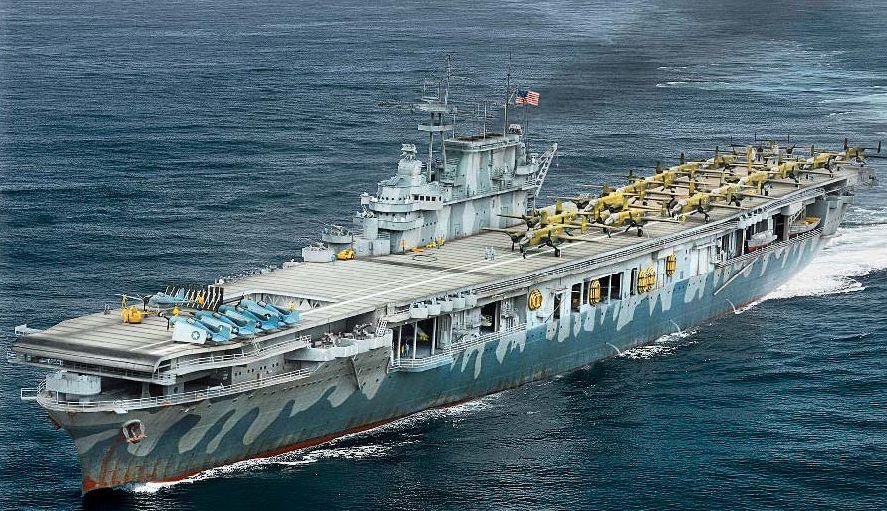
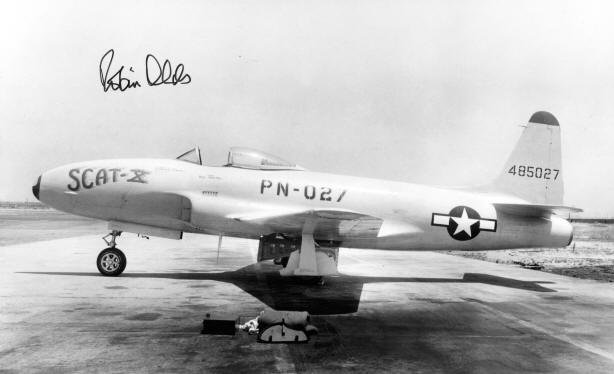

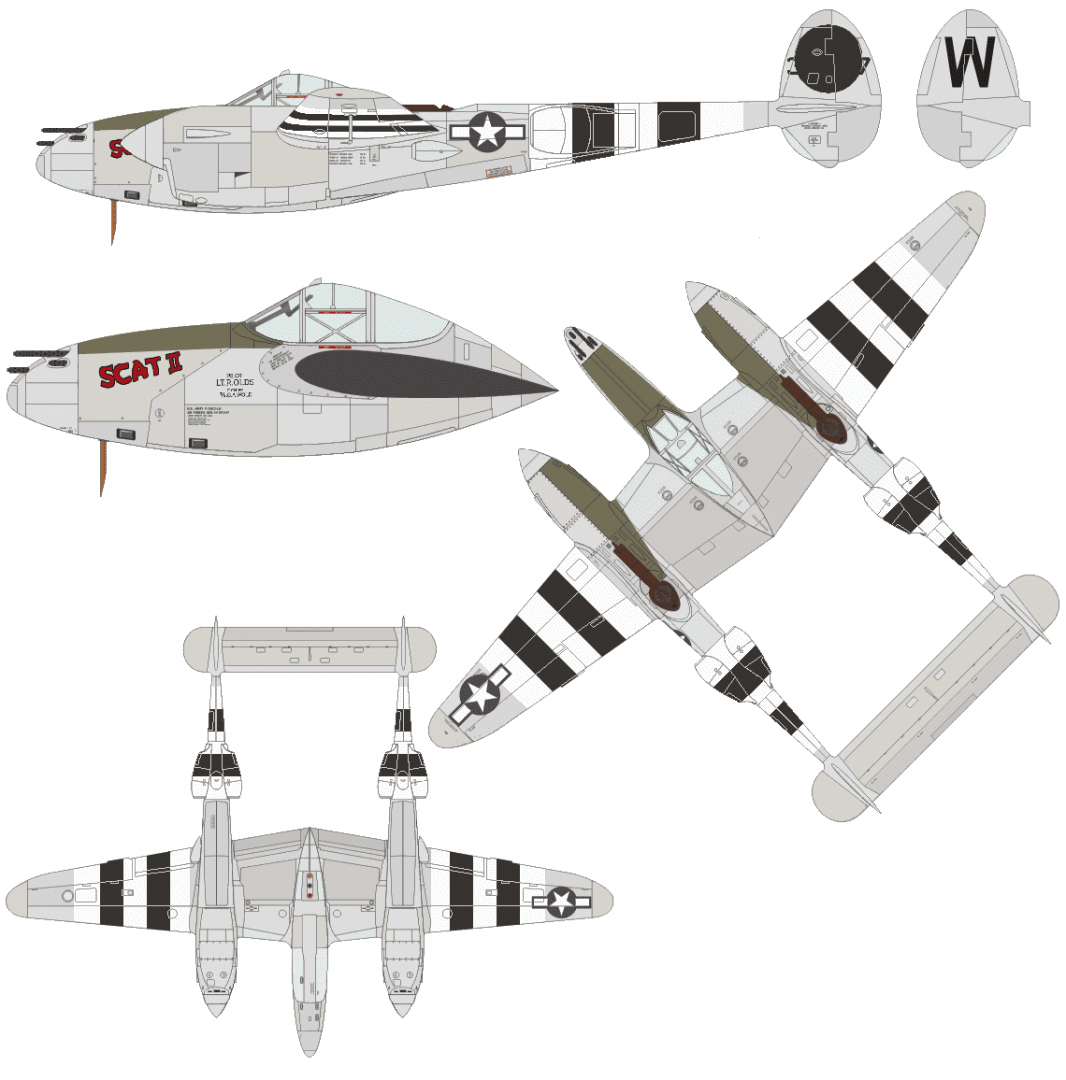
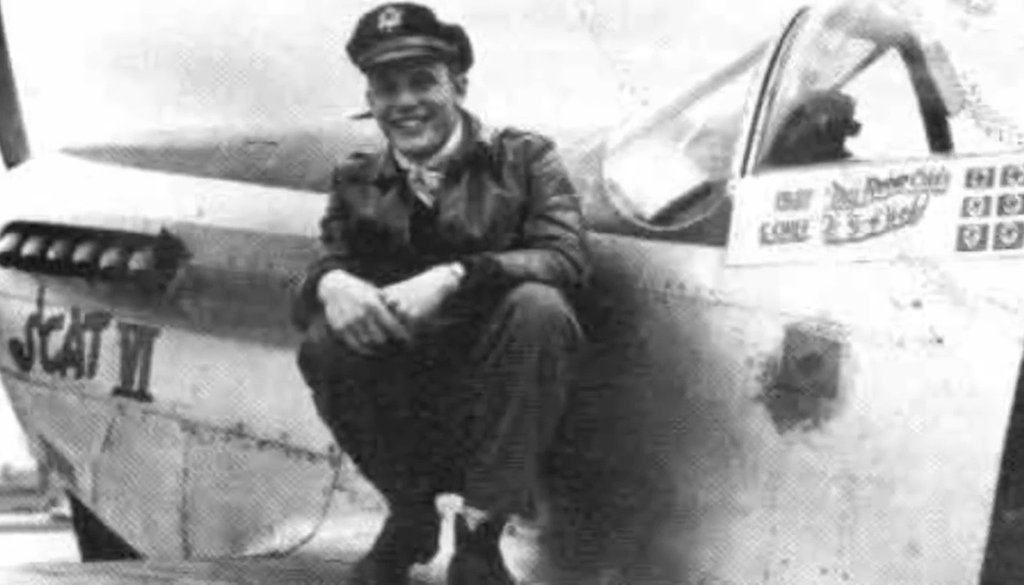
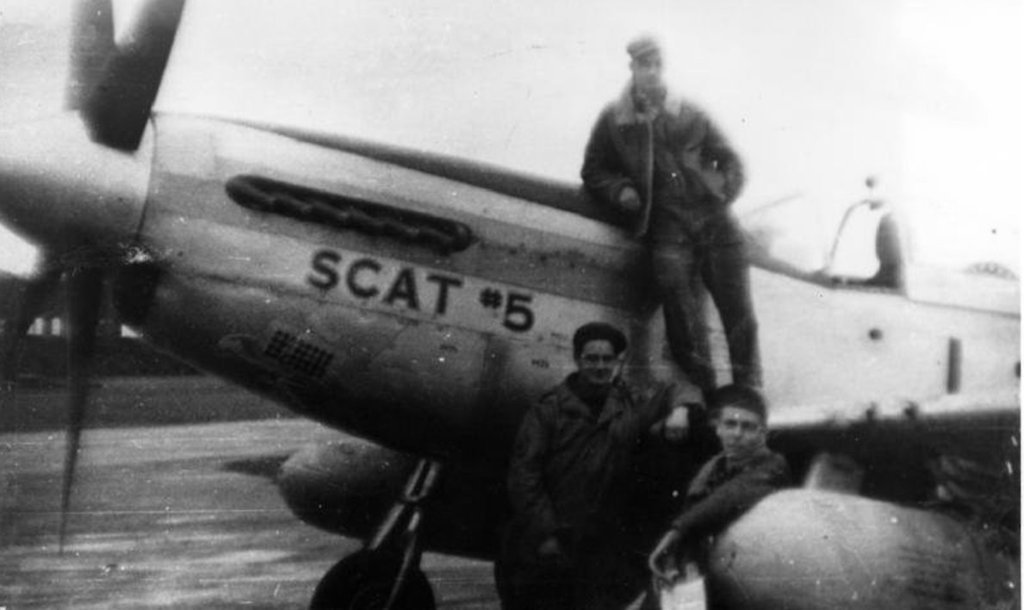
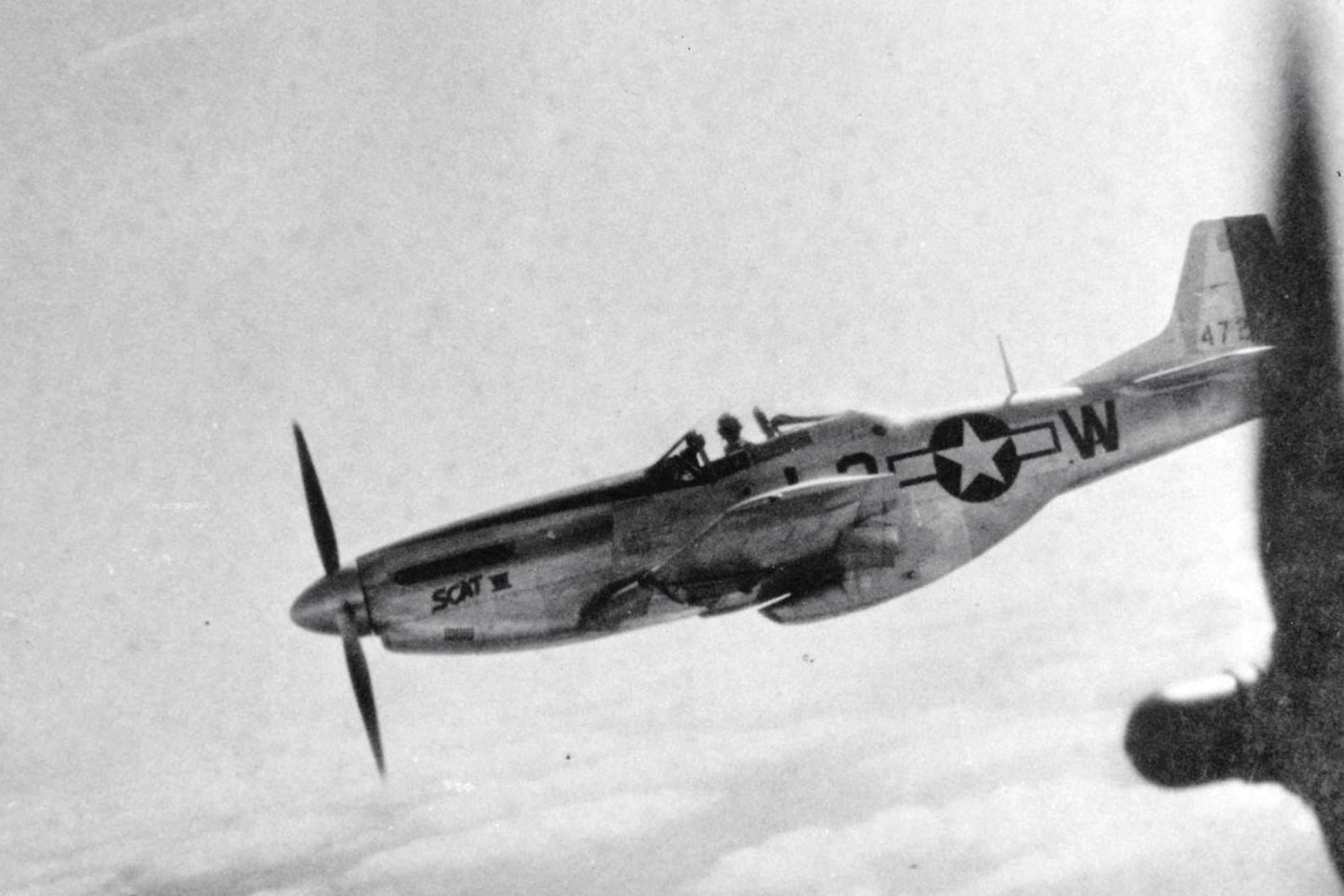
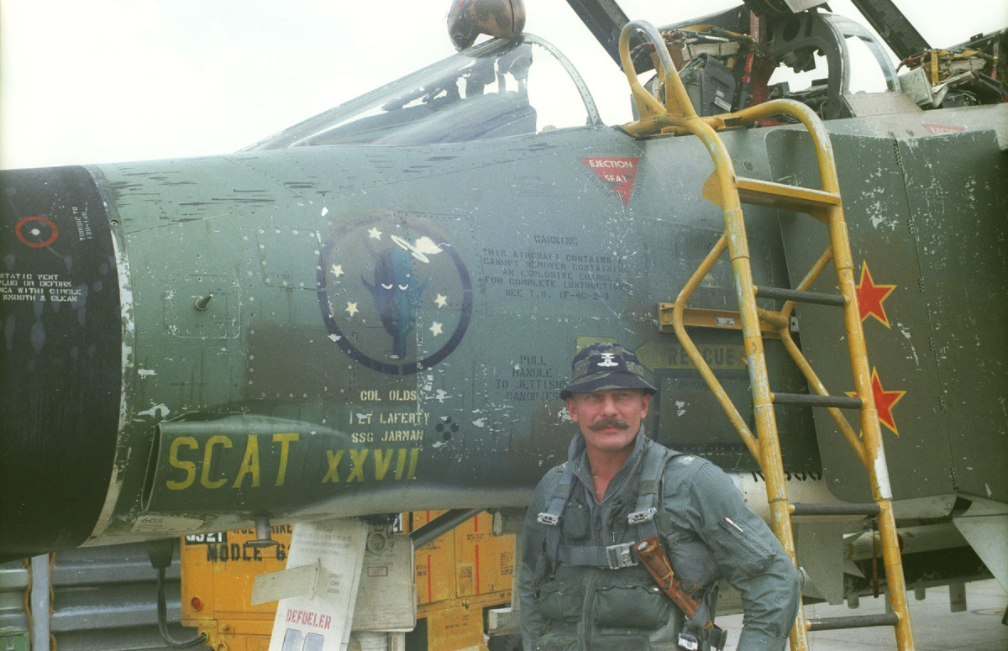
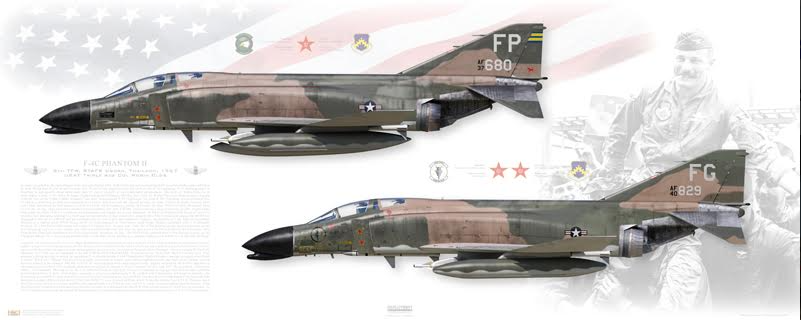
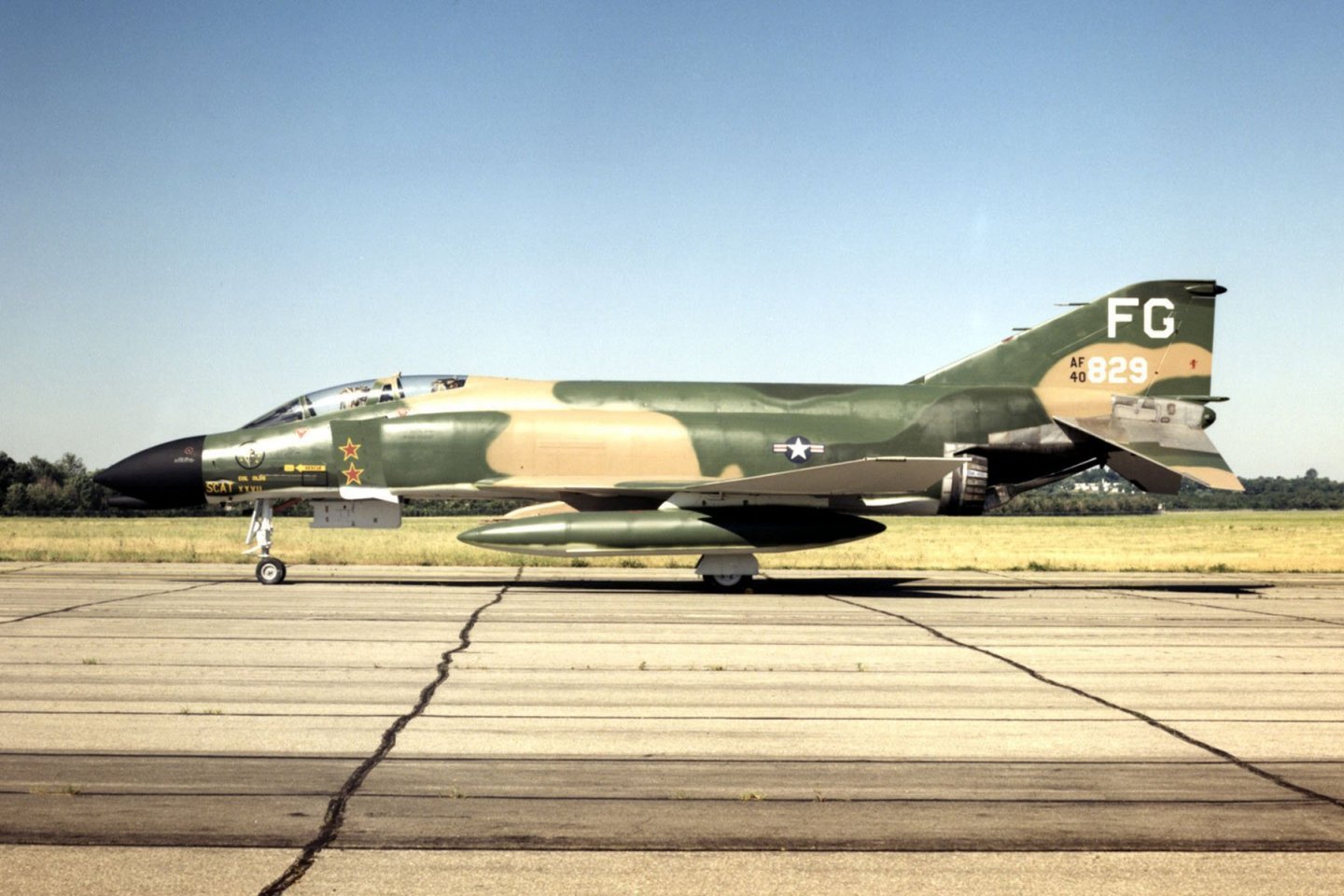
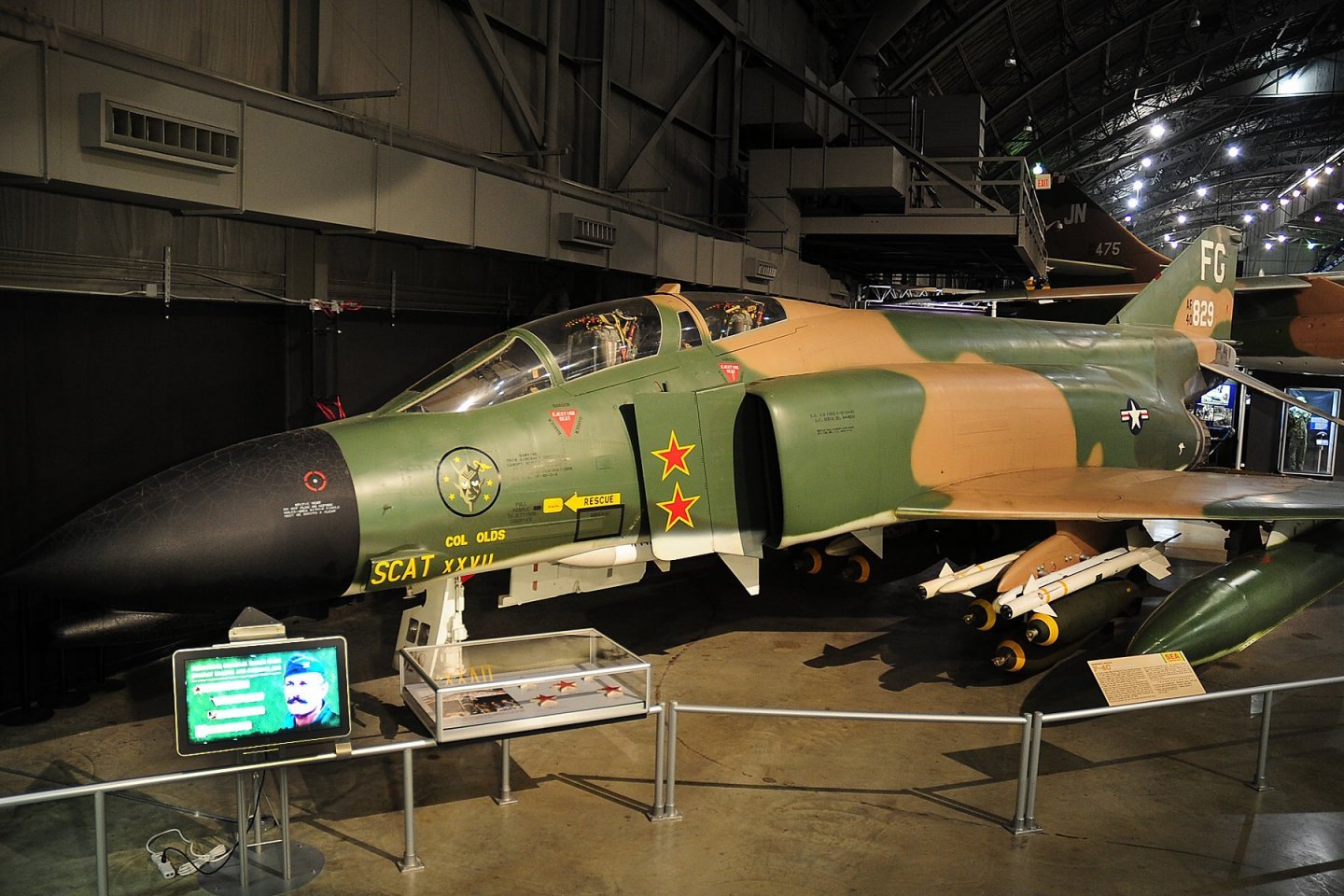

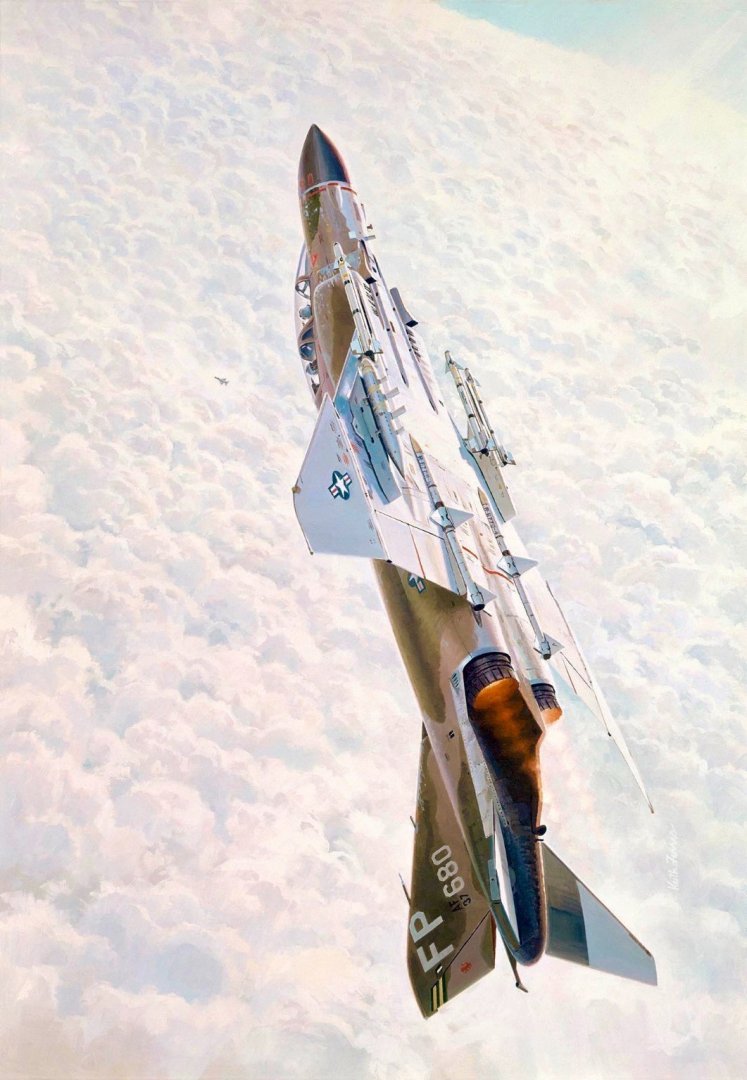

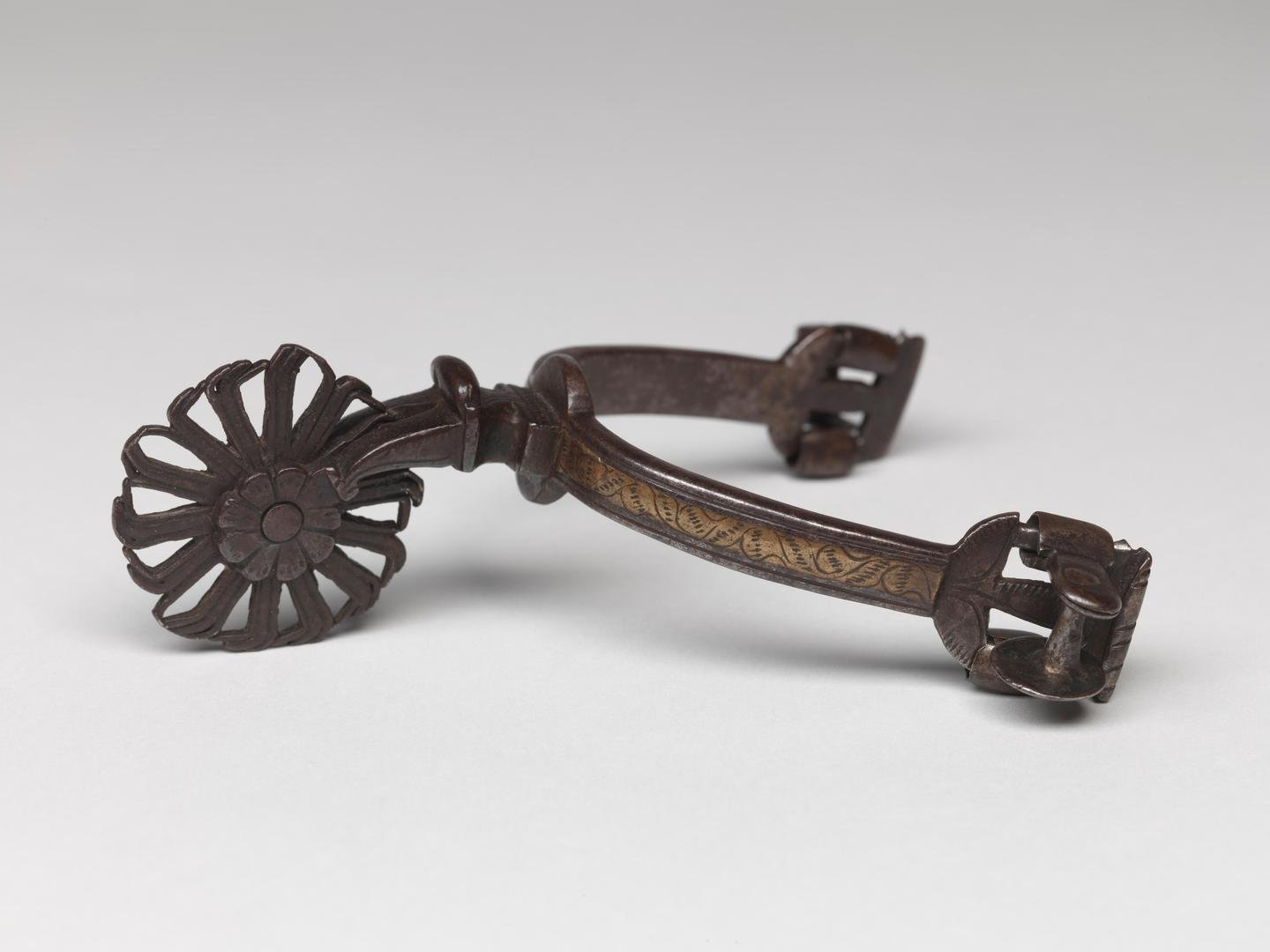
.jpg.7b4a6203df3a423023051bfd86d35e3d.jpg)